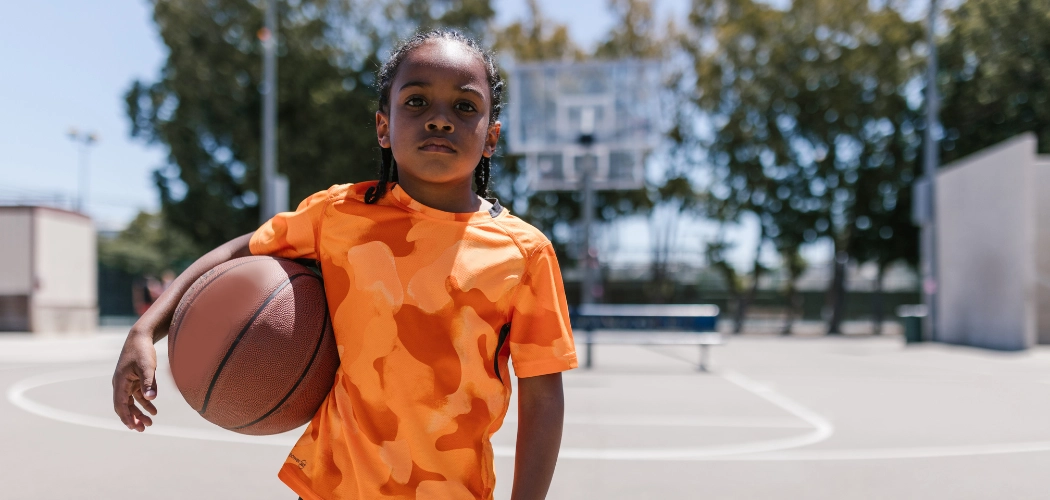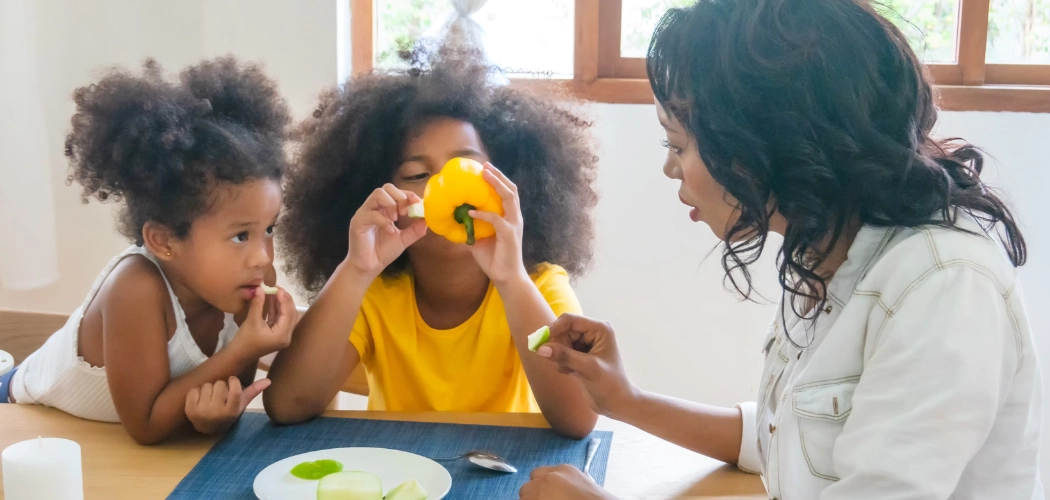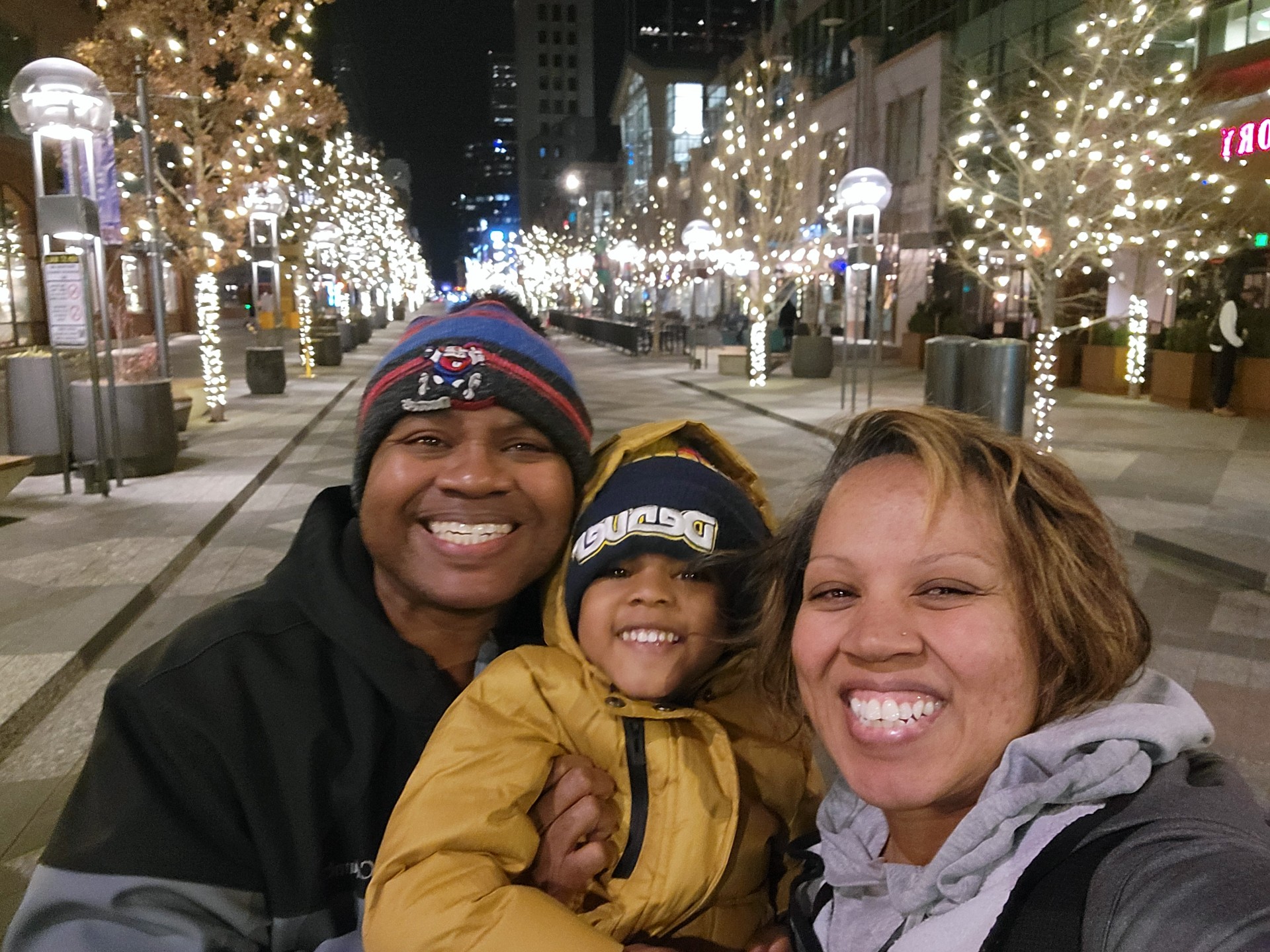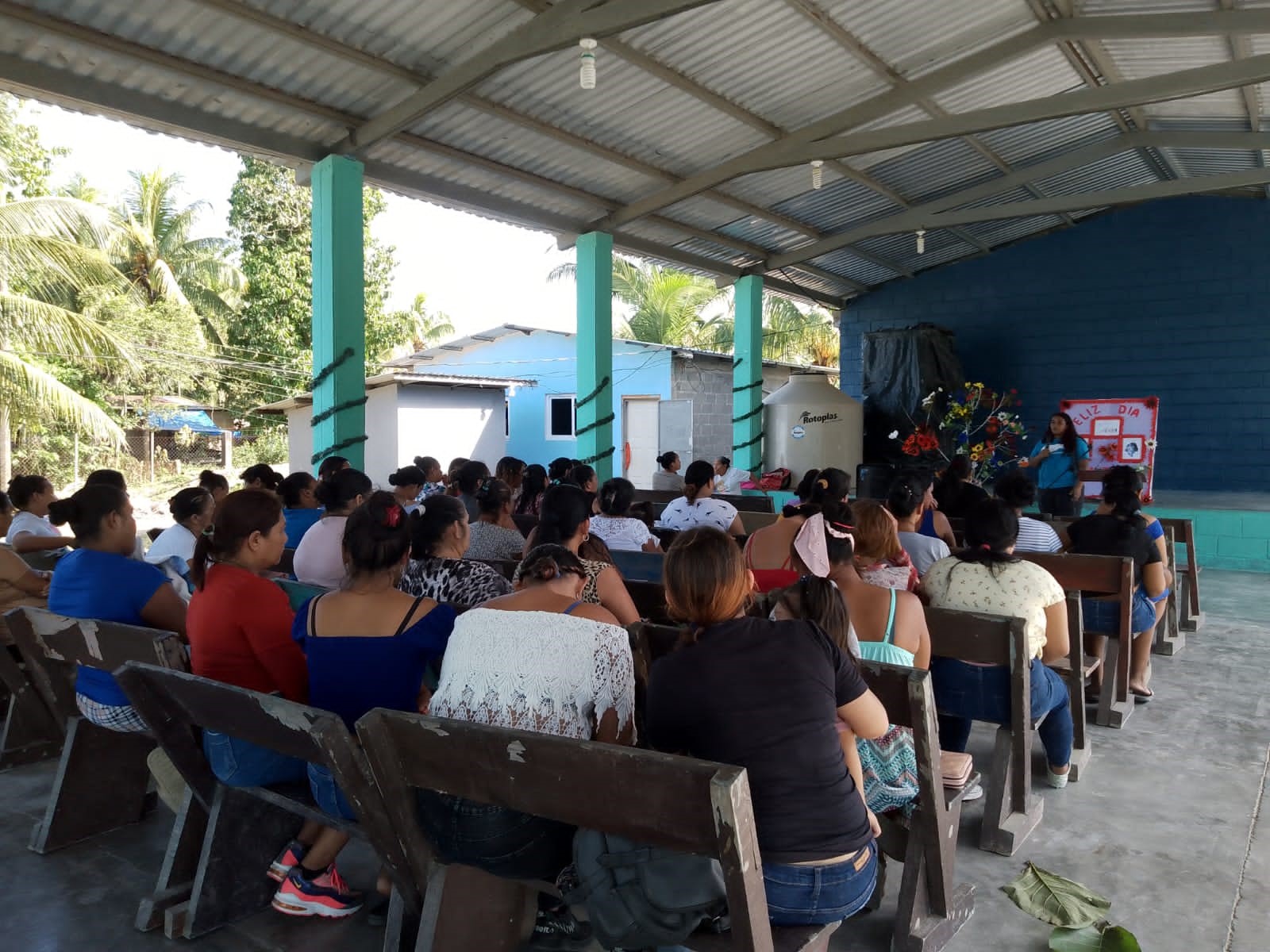“Junior! Junior! Junior!”
A few years ago, I heard my 5-year-old son Lincoln standing on the driveway yelling “Junior” at the top of his lungs. Naturally, I was terrified something was wrong so I ran outside to check on him. To my surprise, he was totally fine.
“Buddy, why in the world are you out here yelling ‘Junior’?”
“I’m yelling to my friend. I want him to come over and play.”
I figured “Junior” must be an imaginary friend. But sure enough, this little kid came walking down the block towards our house. “Is that Junior?” I asked.
Lincoln shrugged his shoulders, “Well, I don’t actually know his name. I just call him Junior.”
As Junior and Lincoln started to play sidewalk chalk together, I quickly realized the reason my son didn’t know his name. Junior didn’t speak English and Lincoln didn’t know any Spanish. However, despite the vast language barrier, a fast friendship had formed. For the past two years Junior, whose name we discovered is actually Eduardo, and Lincoln have played together nearly every single day.
Just last week, we were in the middle of eating dinner and something caught my eye outside. I looked out the back door and screamed, then immediately burst into giggles. Eduardo was standing on the back porch, nose smashed against the door, grinning from ear to ear, waiting for Lincoln to finish eating so they could play on the swing set.
Over the years, Eduardo’s mom and I have tried to communicate with each other. We are both trying to learn the other’s language, but in the meantime, my rusty high school Spanish is all I’ve got. Her English is the same. Mostly, we just kind of smile and wave and laugh at the boys as they interact through a child’s first language – play. Hot Wheels, basketball and shared snacks have become their form of communication. After a few months of playing together, Lincoln learned how to say, “Hola amigo!” Eduardo learned to say, “Hi. How are you?”
Amazingly, our school district offers a dual-language program. While Lincoln just began his second year of Spanish, Eduardo is learning English. At times, Eduardo’s mom has saved me when I needed help with Spanish homework. And we’ve helped Eduardo’s sister with reports for school.
These two boys are constantly in and out of each other’s homes and lives. They have become best friends. Recently, I was putting Lincoln to bed and he said, “Mom, you know what? I love Lalo (Eduardo’s nickname). He’s like my brother.”
I can give you lists of ideas for being a good neighbor (see below). You can perform random acts of kindness, deliver meals, mow lawns, help with babysitting, assist with yard work, etc. But at the end of the day, I have learned more about the art of good neighboring from my son and his best friend than from any article on Pinterest.
To be a good neighbor is to become childlike. It is a posture. Despite racial, social, religious, political – and in the boys’ case – language barriers, good neighboring is a willingness to see our neighbors as people who are created in the image of God. Therefore, we will treat them like our brothers, sisters, daughters and sons, like our friends.
I know there are challenges. The world feels dark at times. Sadly, we know too well the reality of bad or even scary neighbors. We want to protect our families and we have grown wary. But this is my challenge to you: Shine a little light in the darkness.
Put the barriers down this week and become like Lalo and Lincoln. Cross the street. Cross the office. Cross the living room floor. (Sometimes we need to be good neighbors to those closest to us, don’t we?) Heck, yell to your neighbors at the top of your lungs to come over and play. You never know what beautiful friendships might form.
A Few Ways to Engage Your Neighbors:
The New York Times recently reported that “only about 20 percent of Americans say they spend time with their neighbors, and nearly a third of the population reports no interaction whatsoever with the people who live nearby. That’s a flip-flop of the way things were back in the 1970s, when nearly 30 percent of Americans reported hanging out with their neighbors at least twice a week.” [i]
What do we do to change those statistics? The following are a few easy ways to engage your neighbors:
- Join Nextdoor and download the app. Nextdoor is unique from other social media platforms in that it is about connecting with others specifically from your community – whether it’s to borrow a gardening tool, start a Neighborhood Watch Program or just spread the word about the flu.
- Ask for help. Are you looking for a babysitter, advice about buying mulch, curious about starting a community garden? Strike up a conversation and you’ll find that neighbors love to share their wisdom.
- Offer help. Do you see a neighbor raking leaves? Grab your kids, some rakes and ask if you can join in the fun – no charge of course.
- Throw a block party. We throw an annual party, complete with a potluck, margaritas (for the grownups), a kids’ bike parade, a bouncy house and donated giveaways. The fire department even comes to our street so the kids can climb on the trucks. In the cooler months, our neighbors throw evening block parties with hot chocolate and marshmallow-roasting. These events only last a few hours, but they are a great way for neighbors to begin connecting with each other.
- Have a fire pit – in the front yard. Drag that fire pit to the front and pull up a few chairs. You’ll be amazed at how warmth and conversation bring out the neighbors in droves.
Everyone wants to know that they are safe, that they aren’t alone and that they have value. At its heart, good neighboring is a way to show others that kind of love and dignity.
[i] http://well.blogs.nytimes.com/2015/10/13/meet-the-neighbors-theres-an-app-for-that/?_r=0

Aubrey Sampson the mom of three crazy-hilarious sons, which is also to say that she spends most days in her pajamas drinking entirely too much coffee. On the days she manages to get dressed, Aubrey is an event and retreat speaker, a blogger, and the author of Overcomer: Breaking Down the Walls of Shame and Rebuilding Your Soul (Zondervan, 2015). She and her husband, Kevin, just planted their first church in the Chicagoland area. You can find and follow Aubrey at aubreysampson.com and @aubsamp.





